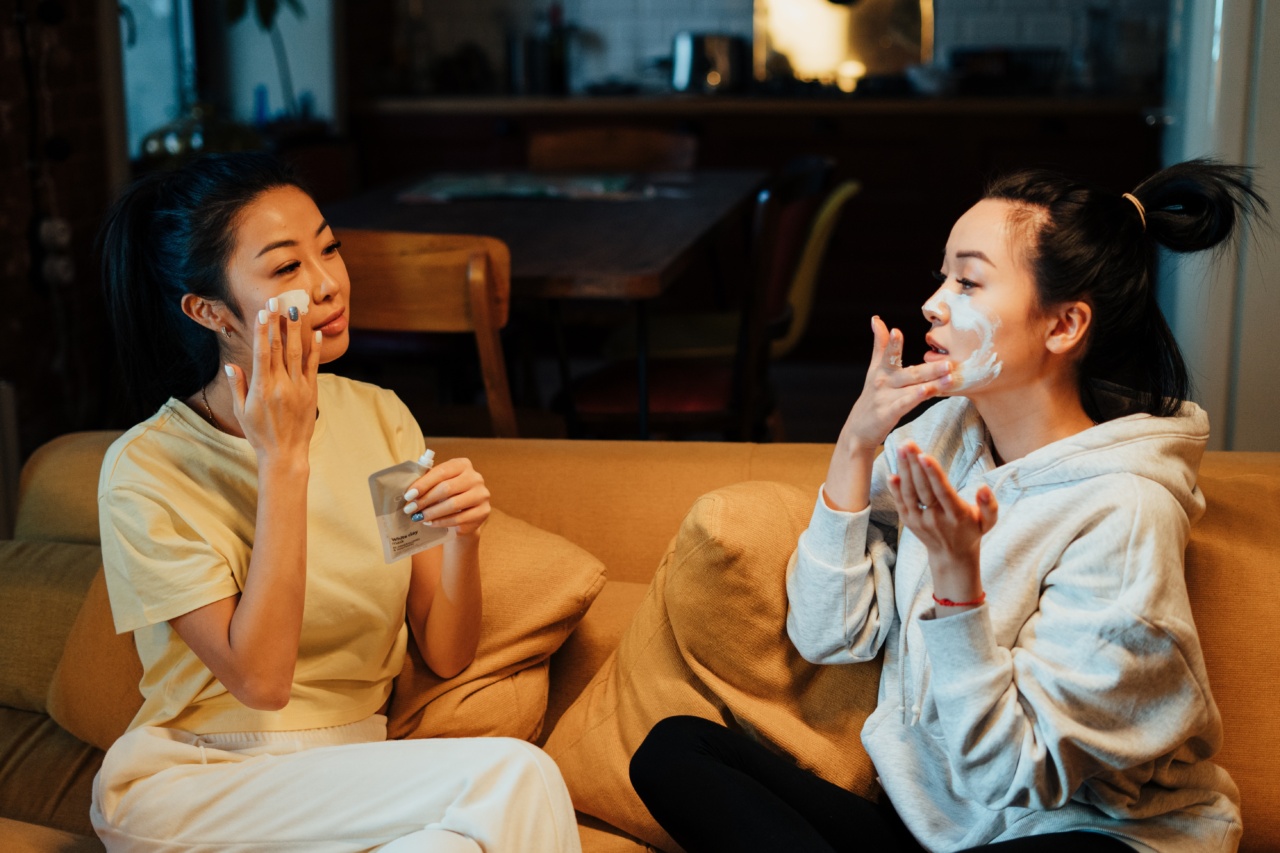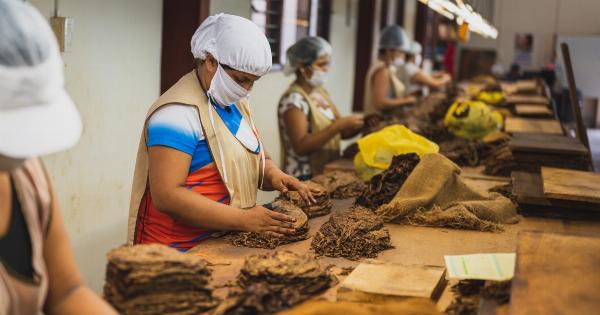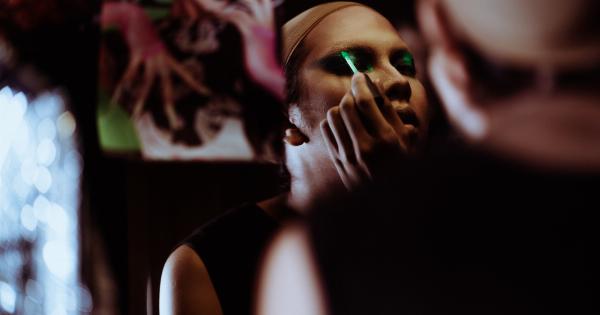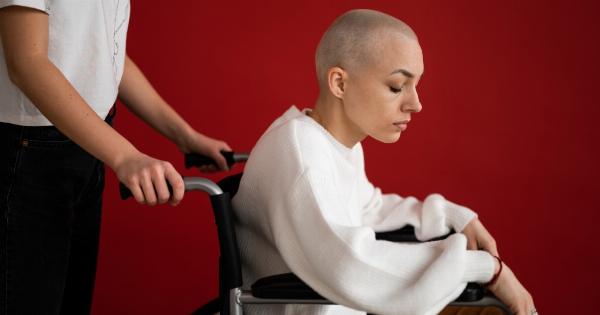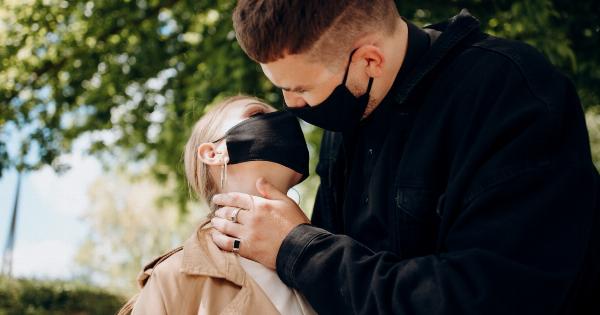Skin cancer is the most common type of cancer worldwide, with millions of cases diagnosed each year. Early detection plays a crucial role in the successful treatment of skin cancer.
While professional screenings by dermatologists are recommended, individuals can also perform their own skin cancer screenings at home. In this article, we will provide tips and techniques for a DIY skin cancer screening to help you detect any potential skin abnormalities early on.
Understanding Skin Cancer
Before conducting a DIY skin cancer screening, it is important to have a basic understanding of skin cancer. Skin cancer occurs when there is an uncontrolled growth of abnormal skin cells.
The most common types of skin cancer are basal cell carcinoma, squamous cell carcinoma, and melanoma. Melanoma is the most dangerous type of skin cancer and requires immediate medical attention.
Examining Your Skin
The first step in a DIY skin cancer screening is to carefully examine your skin. You should be familiar with the moles, freckles, and other skin marks you already have in order to identify any changes.
Use a well-lit room or a flashlight and a mirror to get a clear view of your skin, and consider asking a partner for help in harder-to-reach areas.
ABCDE Method
The ABCDE method is a helpful tool for identifying potential signs of melanoma:.
- Asymmetry: Check if the mole or spot has an irregular shape, with one half not matching the other half.
- Border: Look for moles with irregular, blurred, or jagged borders.
- Color: Pay attention to any moles or spots with multiple colors or shades, including black, brown, blue, red, or white.
- Diameter: Take note of any moles larger than 6 millimeters in diameter.
- Evolving: Watch out for any changes in size, shape, color, elevation, or any other trait of a mole or spot.
Examining Existing Moles
When examining existing moles, focus on changes in color, size, shape, or texture. Look for any moles that have become asymmetrical or have developed irregular borders.
Pay attention to any new growth or elevation on an existing mole, as well as any changes in sensation or itchiness.
Identifying New Moles
During your skin cancer screening, keep an eye out for new moles or spots on your skin. New moles that appear later in life, particularly after the age of 30, should be closely monitored.
If you notice any new moles that have an atypical appearance or behave differently from other moles, consult a dermatologist for further evaluation.
Risk Factors
Understanding your risk factors for skin cancer can help prioritize your DIY skin cancer screening. Some common risk factors include:.
- Excessive sun exposure
- Fair skin, light hair, and light eye color
- Family history of skin cancer
- History of severe sunburns
- History of tanning bed use
- Presence of many moles
- Personal history of skin cancer
- Weakened immune system
Using a Skin Cancer App
In addition to performing a manual DIY skin cancer screening, consider using a skin cancer app. There are several smartphone applications available that can help you track any changes in your skin and identify potential signs of skin cancer.
These apps often use artificial intelligence and machine learning algorithms to analyze photos of your skin and provide risk assessments.
When to Consult a Dermatologist
If you notice any suspicious moles or spots during your DIY skin cancer screening, it is crucial to consult a dermatologist for a professional evaluation.
Dermatologists have the expertise and tools to accurately diagnose skin cancer and provide appropriate treatment if necessary. Early detection and treatment greatly increase the chances of successful outcomes.
Conclusion
Performing a DIY skin cancer screening can help you identify potential signs of skin cancer early on. By examining your skin regularly and being aware of any changes, you can take proactive steps to seek professional medical advice if needed.
Remember, DIY screenings should not replace regular screenings by a dermatologist, especially if you have a higher risk of developing skin cancer. Stay vigilant, protect your skin from harmful UV rays, and consult a healthcare professional for any concerns.
